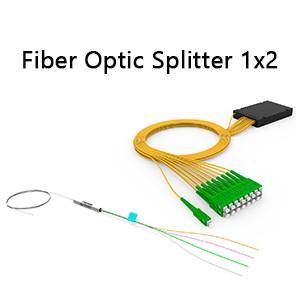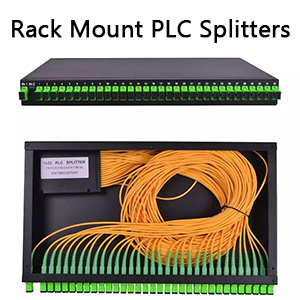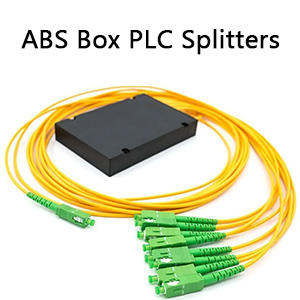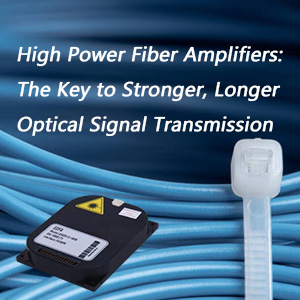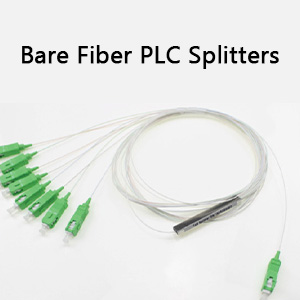EDFA Optical Amplifiers are critical components in modern fiber optic communication systems. They amplify optical signals without needing to convert them into electrical signals, which is essential for maintaining signal integrity over long distances. Originally developed to address the limitations of long-haul fiber communication, EDFAs have become a fundamental technology in both telecommunications and cable television networks.
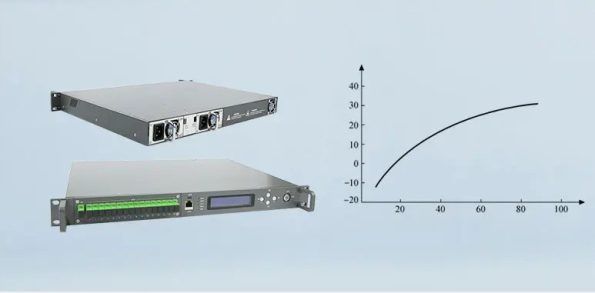
The Basic Principle of EDFA Optical Amplifiers
At its core, an EDFA works by using a length of optical fiber doped with erbium ions (Er3+). When light from a laser (typically around 980nm or 1480nm) is pumped into the doped fiber, it excites the erbium ions. When the optical signal to be amplified (usually around 1550nm) passes through, the excited ions transfer their energy to the signal, boosting its power without altering the signal’s quality or structure.
The Role of EDFA in Optical Networks
EDFAs are crucial for extending the range of optical networks, enabling data to travel hundreds of kilometers without degradation. Unlike traditional electronic amplifiers, which require a signal to be converted to electrical form, amplified, and then converted back to optical form, EDFAs can directly boost the light signal, preserving the quality of the transmission. This direct amplification makes them ideal for high-speed, high-bandwidth applications like CATV, DWDM, and SDH systems.
Key Types of EDFA Optical Amplifiers
CATV EDFA
In Cable Television (CATV) networks, signal loss over long distances is a major concern. CATV EDFAs are designed to boost the optical signal, ensuring that high-quality video, voice, and data can be delivered without interruption. These amplifiers are optimized for wide wavelength ranges to cover multiple channels in a CATV system. The goal is to deliver a clean and uninterrupted signal to multiple subscribers over extended distances.
DWDM EDFA
Dense Wavelength Division Multiplexing (DWDM) systems use multiple optical signals at different wavelengths to maximize the bandwidth of a single fiber. DWDM EDFAs are tailored to amplify a broad range of wavelengths simultaneously, making them essential for long-haul and high-capacity networks. With the increasing demand for data, especially in cloud computing and streaming services, DWDM EDFAs are indispensable in maintaining efficient data transmission across continents.
High Power Fiber Amplifiers
High-power EDFAs are used in applications that require the amplification of signals to extremely high levels. These are crucial in industrial and military communications, where long-distance transmission with minimal signal loss is vital. These amplifiers can handle greater optical power and are typically used in large-scale deployments such as backbone infrastructure or intercontinental data cables.
Polarization Maintaining EDFA
For applications where signal polarization is critical, such as in quantum cryptography or advanced sensing systems, Polarization Maintaining (PM) EDFAs are used. These amplifiers ensure that the polarization of the signal remains consistent during amplification, which is important in systems where any change in polarization could lead to data loss or errors.
SDH EDFA
Synchronous Digital Hierarchy (SDH) systems, which are widely used in telecommunication networks, also benefit from EDFAs. SDH EDFAs are designed to maintain signal integrity in highly structured, synchronized network environments. These amplifiers help extend the reach of SDH networks while ensuring that the synchronization and timing of data transmission are preserved.
Advantages of EDFA Optical Amplifiers
- High Gain with Low Noise: EDFAs provide a significant boost to the signal with minimal added noise, making them ideal for high-speed communication systems.
- Broad Wavelength Range: EDFAs are capable of amplifying a wide range of wavelengths, particularly in the 1530nm to 1565nm region, making them compatible with WDM systems.
- Cost-Effective: Since EDFAs do not require signal conversion to and from the electrical domain, they offer a more efficient and cost-effective solution compared to traditional amplifiers.
- Scalability: Whether for use in small CATV networks or expansive DWDM systems, EDFAs are highly scalable and can be easily integrated into existing networks.
Applications of EDFA in Various Industries
- Telecommunications: EDFAs are at the heart of long-distance telecommunications networks, ensuring that voice, video, and data transmissions are clear and reliable across vast distances.
- CATV Networks: As the demand for high-definition video and fast internet grows, CATV networks rely on EDFAs to deliver services over large areas without signal degradation.
- Data Centers: In cloud computing and large-scale data centers, EDFAs play a crucial role in maintaining the integrity of the optical signals, allowing for rapid and efficient data transfers.
- Military and Aerospace: High-power EDFAs are used in secure communications systems where long-distance transmission with minimal signal degradation is critical.
Conclusion
EDFA optical amplifiers have revolutionized the fiber optic industry by enabling long-distance, high-quality signal transmission without the need for frequent electrical conversions. From CATV to DWDM and beyond, EDFAs have become the backbone of modern telecommunications, allowing businesses and consumers alike to enjoy fast, reliable communication networks. Whether it’s amplifying signals for data centers, military applications, or CATV networks, the versatility and effectiveness of EDFAs continue to push the boundaries of optical communication.

